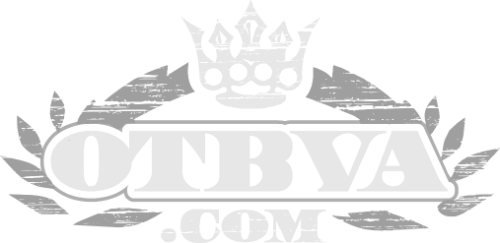Introduction
When it comes to counseling, you do not know what to expect in your sessions. That is mostly true if you have never had a counseling session before. If you are about to go through your first counseling session, you probably are quite nervous about it. That is understandable since you don’t know what will happen.
Even though counseling is short-term instead of therapy that is there to help clients for deeper issues in the long-term, there is still a process to go through. That is why there are different stages of counseling. Let’s talk about the five stages of counseling any client must know.
Stage One – Relationship Building
In the first stage of counseling, the main goal is to build the client and the counselor’s relationship. That is the time to focus on building rapport, trust, and respect for one another. That initial stage is essential as the main building block. If both the client and the counselor do not see eye to eye with one another, or there is a lack of chemistry, any additional counseling won’t proceed. It won’t be useful for the client and will be frustrating for the counselor if it were.
Both the counselor and client must be honest and open about their expectations from one another. Once there is the establishment of mutual trust, then the next stages can quickly occur. Completing the initial stage will not take very long.
Stage Two – Assessment And Diagnosis
The second stage is more involved than the first stage, as this is when the counselor conducts the assessment and makes the diagnosis. That is when the client must be honest and open about the obstacles they face and what problems they face during each day of their lives. They must also be open and honest about anything that is causing them heartache on a day to day basis.
The counselor must collect all of the data to provide useful tools for the client to utilize to make their lives easier. The client mustn’t leave anything critical out while the counselor is making their assessment. They’ll need to know how the client’s problems affect them daily and the struggles they face as a result. The counselor must know as well about the client’s history, lifestyle, and anything else that is an integral part of their daily living.
Stage Three – Formulation Of Counseling Goals
The third stage is when the counselor formulates the counseling goals based on the client’s data during the assessment. That also means the client requires a focus on how to resolve the problem, obstacles, and struggles they face regularly. The counselor helps the client with goal-setting. They’ll determine the best way to move towards a specific direction to help the client attain a particular goal for solving the problem.
That is the stage where the client can show some resistance. And that is because, for them to attain specific goals, they have to modify certain behaviors and change some habits. If they are resistant to change as it is, this can cause frustration for the client and the counselor. The counselor must help the client make small changes daily that are not overwhelming to the client while reminding the client why they seek help.
Stage Four – Intervention And Problem-Solving
Several components take place within this stage, which is intervention and problem-solving. The first step within this phase is to summarize the issue. The next step is to find a strategy, and the last step is to implement it. Based on the client’s personality, behaviors, and cognition, that factors into forming the most helpful strategy.
Sometimes modifications must occur if the client isn’t taking to the original strategy too well. However, the client must always remember that they decided to hire a counselor because they need help with an issue they face. Therefore, the client must attempt to utilize the strategy the counselor comes up with before determining whether or not changes are necessary.
Stage Five – Termination And Follow Up
It is counterintuitive whenever there is a discussion of the counselor terminating sessions with the client during the initial period. However, termination is the ultimate goal. The client comes to the counselor for help in a particular area of life where they are struggling. The counselor makes an assessment and comes up with a strategy for the client to use. Once the client implements the process regularly and finds that positive changes are happening, then that is the time for termination. That is because of the fulfillment of the goal happening.
However, the counselor will not terminate sessions with the client until they are confident that it can happen. That is why the counselor will do several evaluations before the end is near. If the counseling sessions must last a little longer to achieve the goal, then that will happen. Ultimately though, termination is the main objective. The counselor will check on the client to see how they are doing and if they are continuing to make progress after completing sessions. If you want to know more about the stages of counseling in further detail, click here.
Conclusion
There is still not enough known about counseling, whereas many people don’t see the differences between counseling and therapy. However, there are plenty of differences, and counseling also comes in five stages. The counselor and the client’s goal is to touch on all five counseling stages for the sessions to be successful.
The client struggles with an area of life that requires help with a counselor. Then after the establishment of trust and report, the counselor makes an assessment fo the client. After the evaluation, they construct or form a strategy that helps the client. Finally, the client implements the plan and begins making progress. Then the counselor terminates sessions and follows up with the client.

